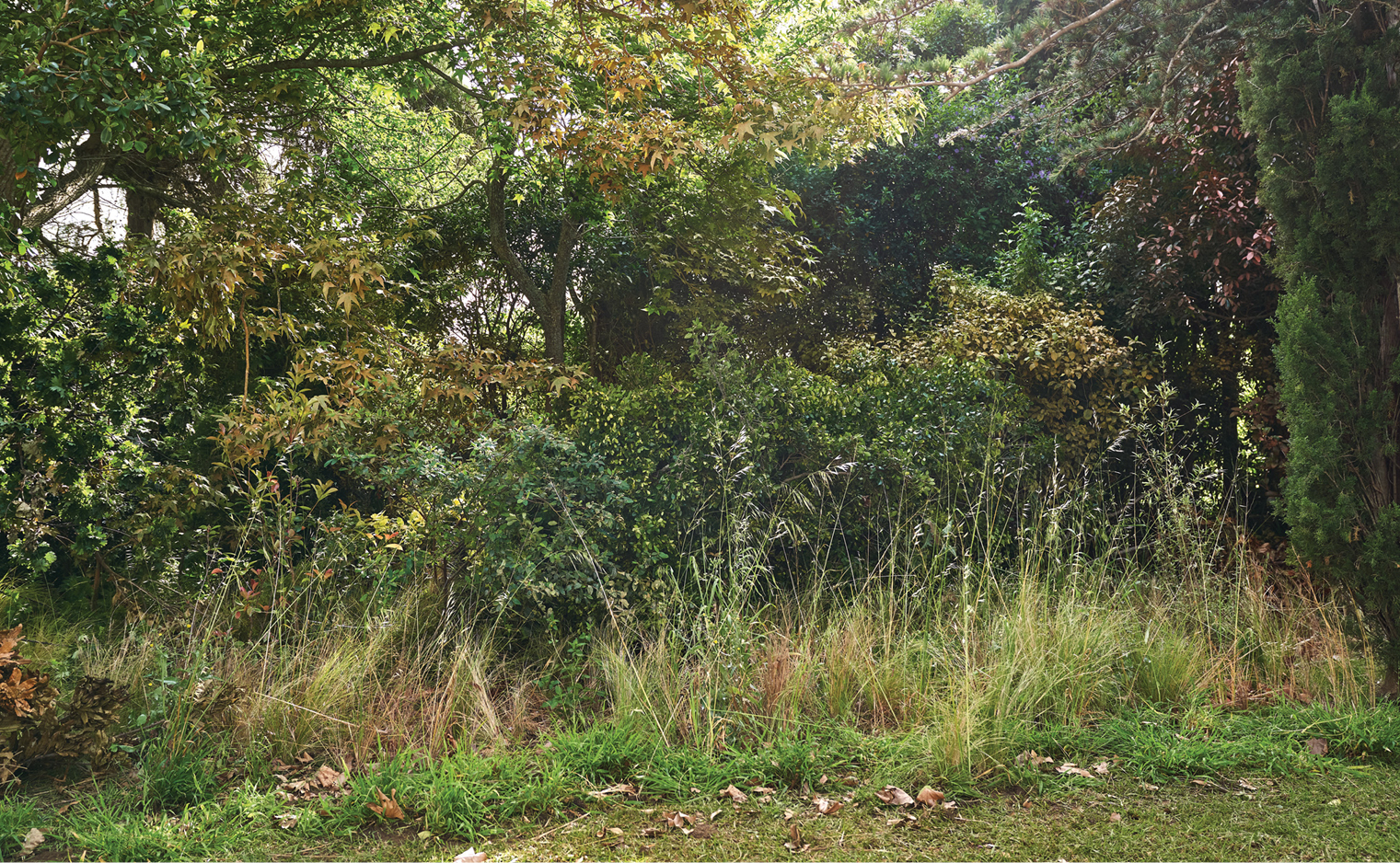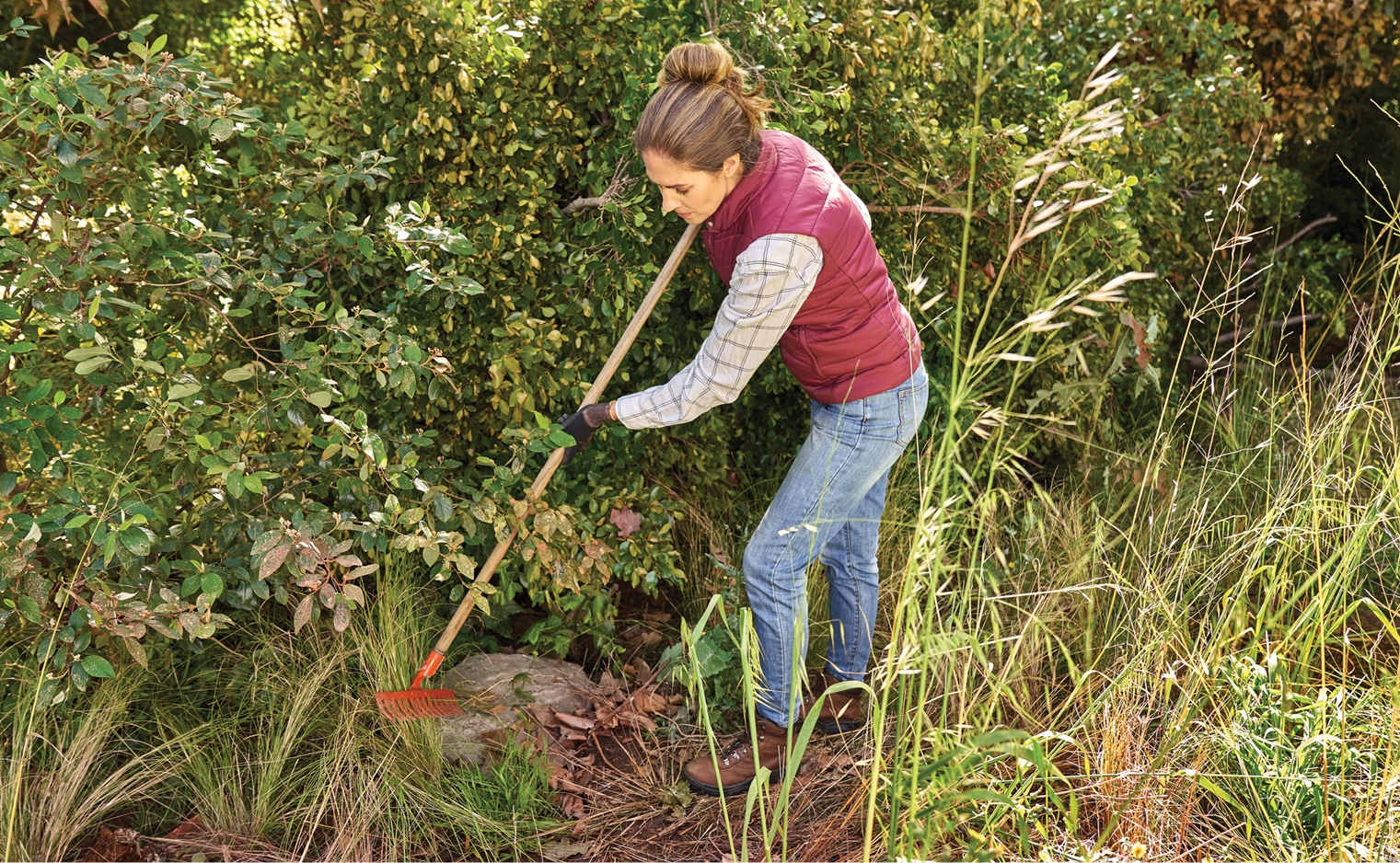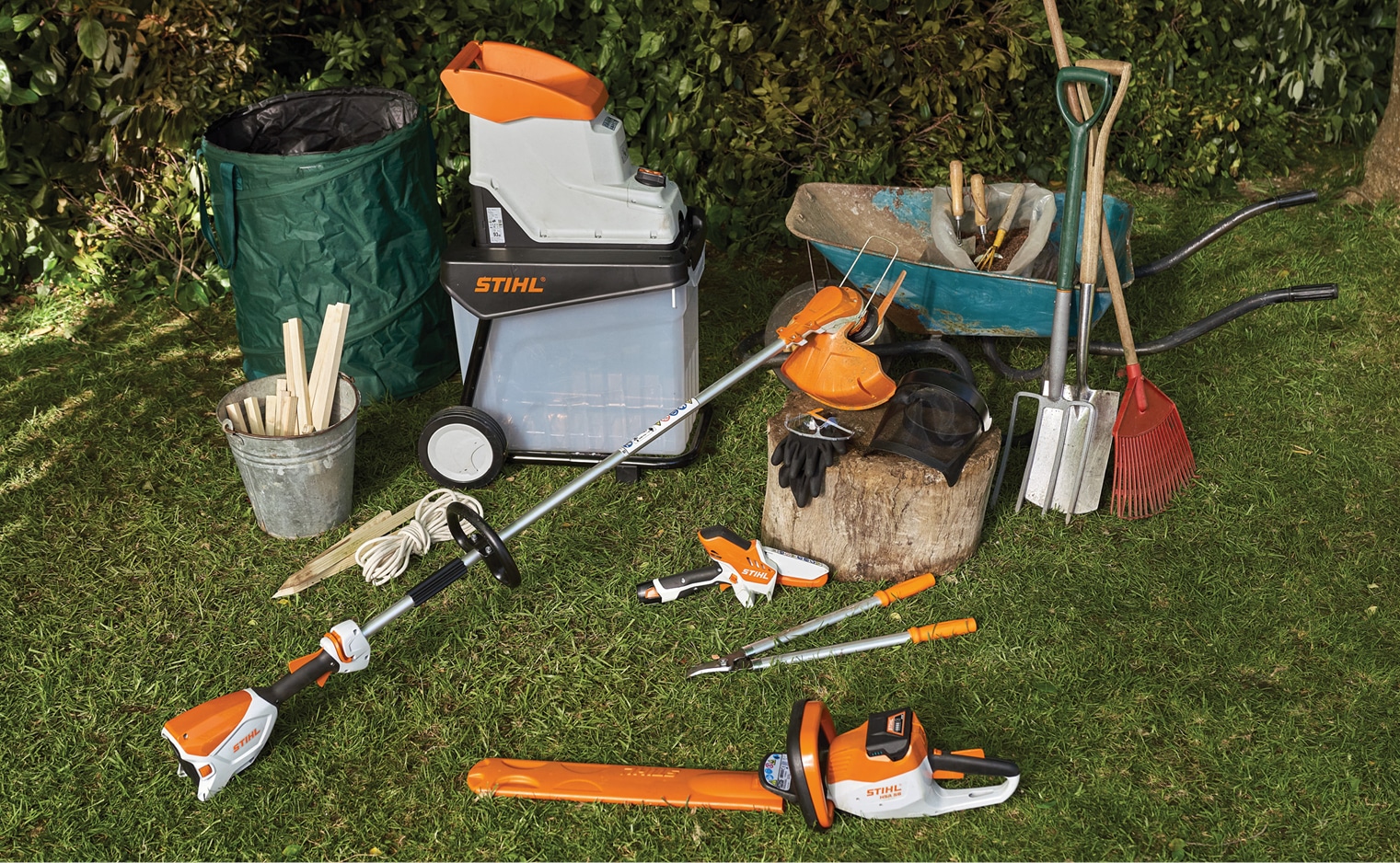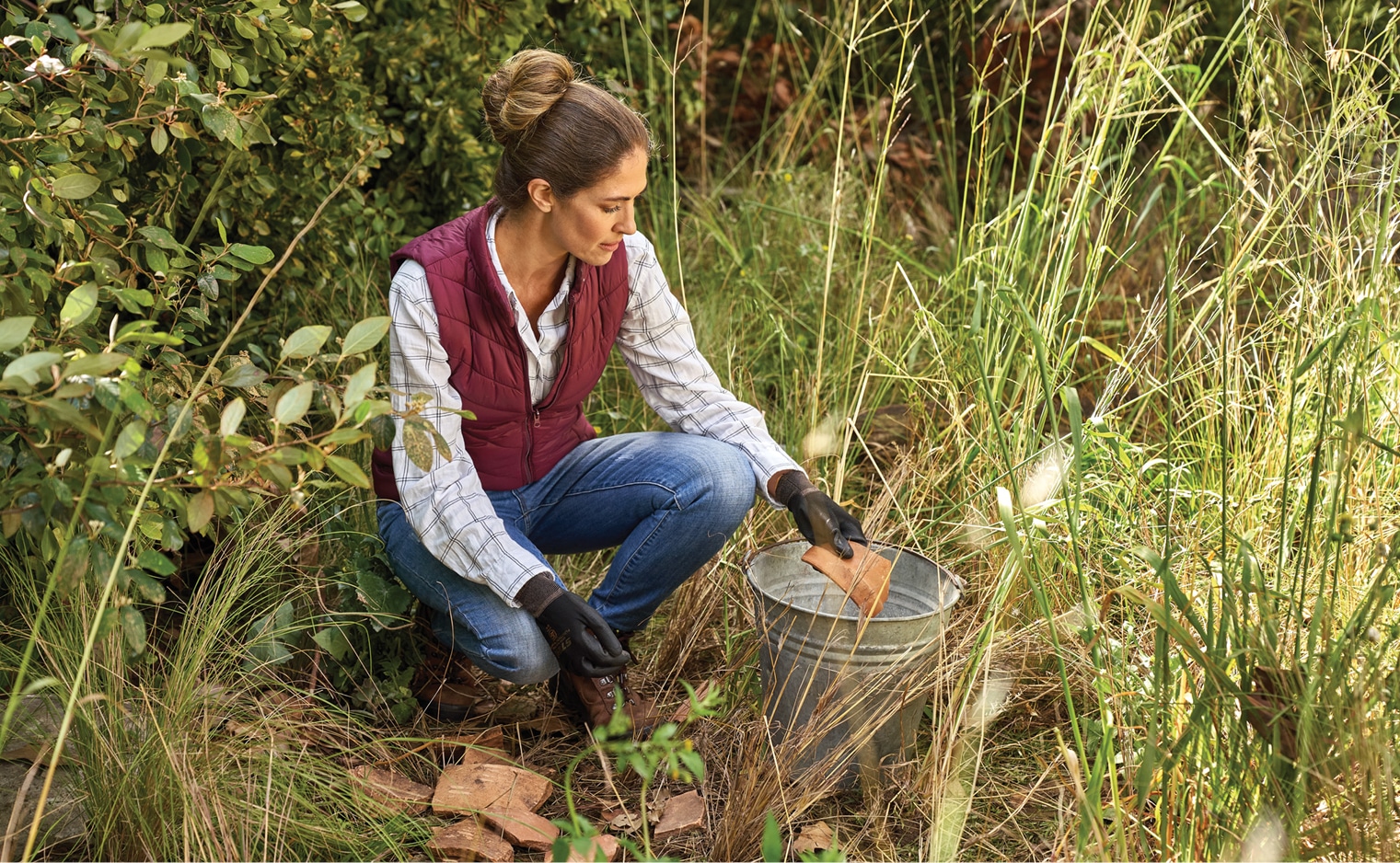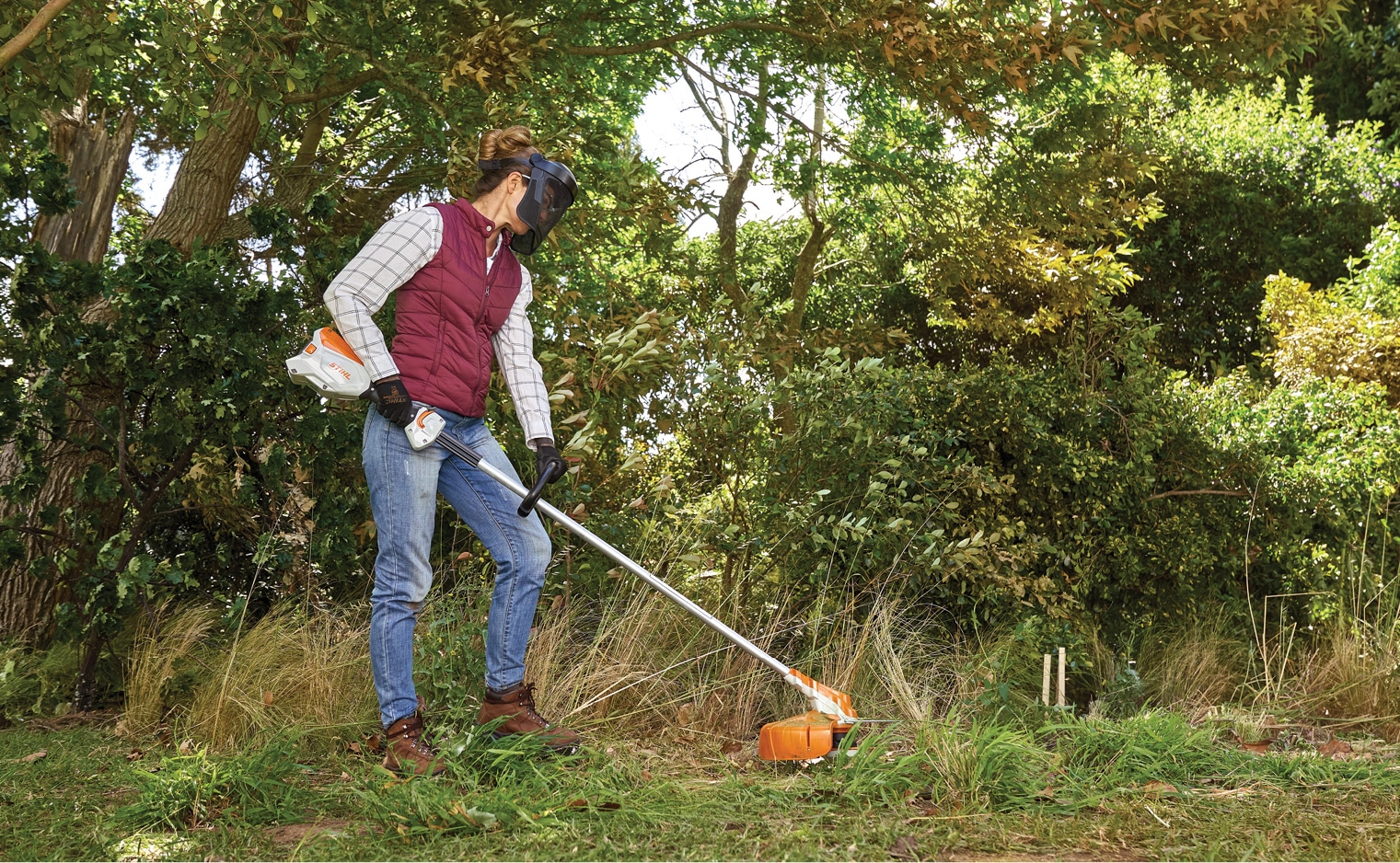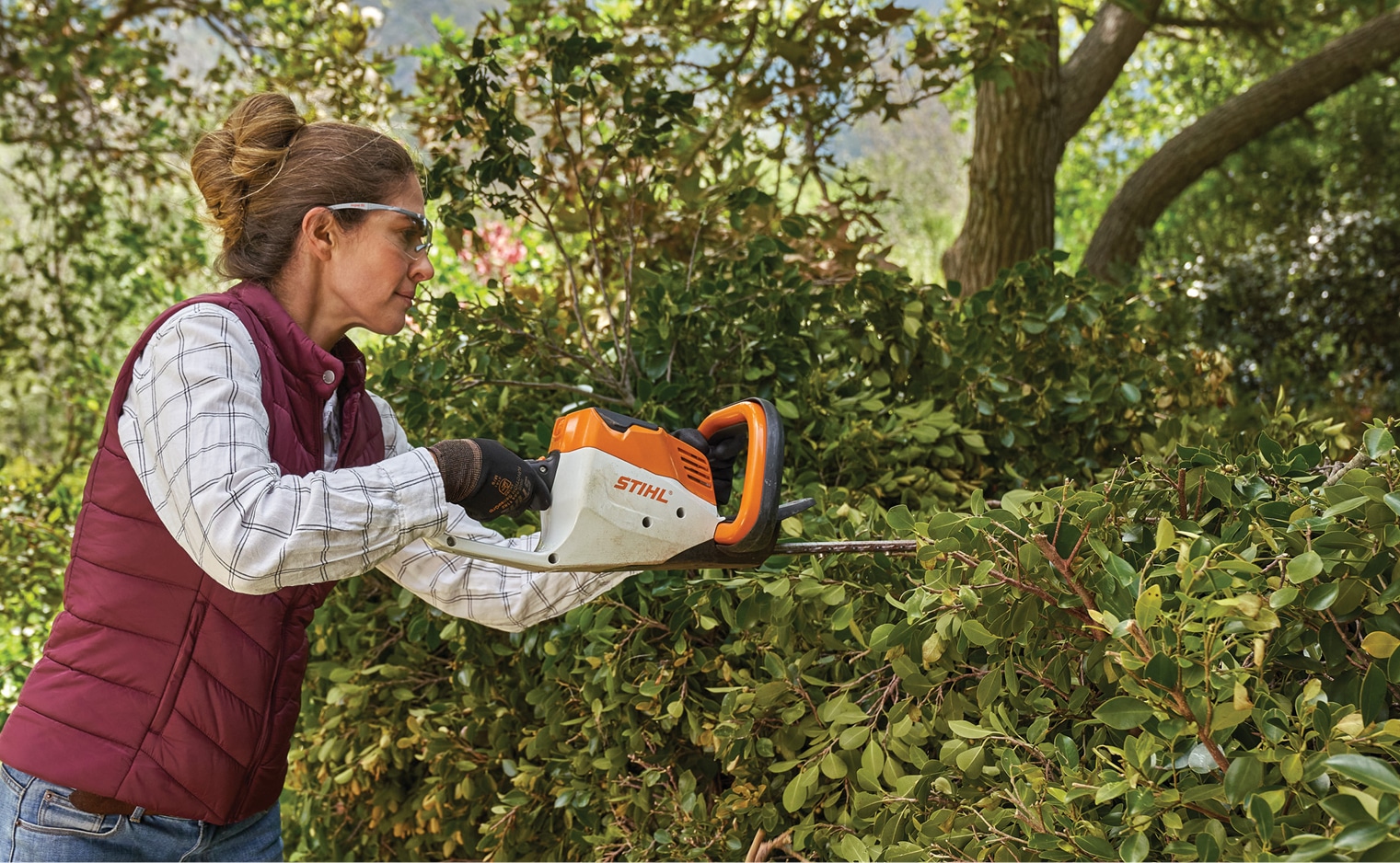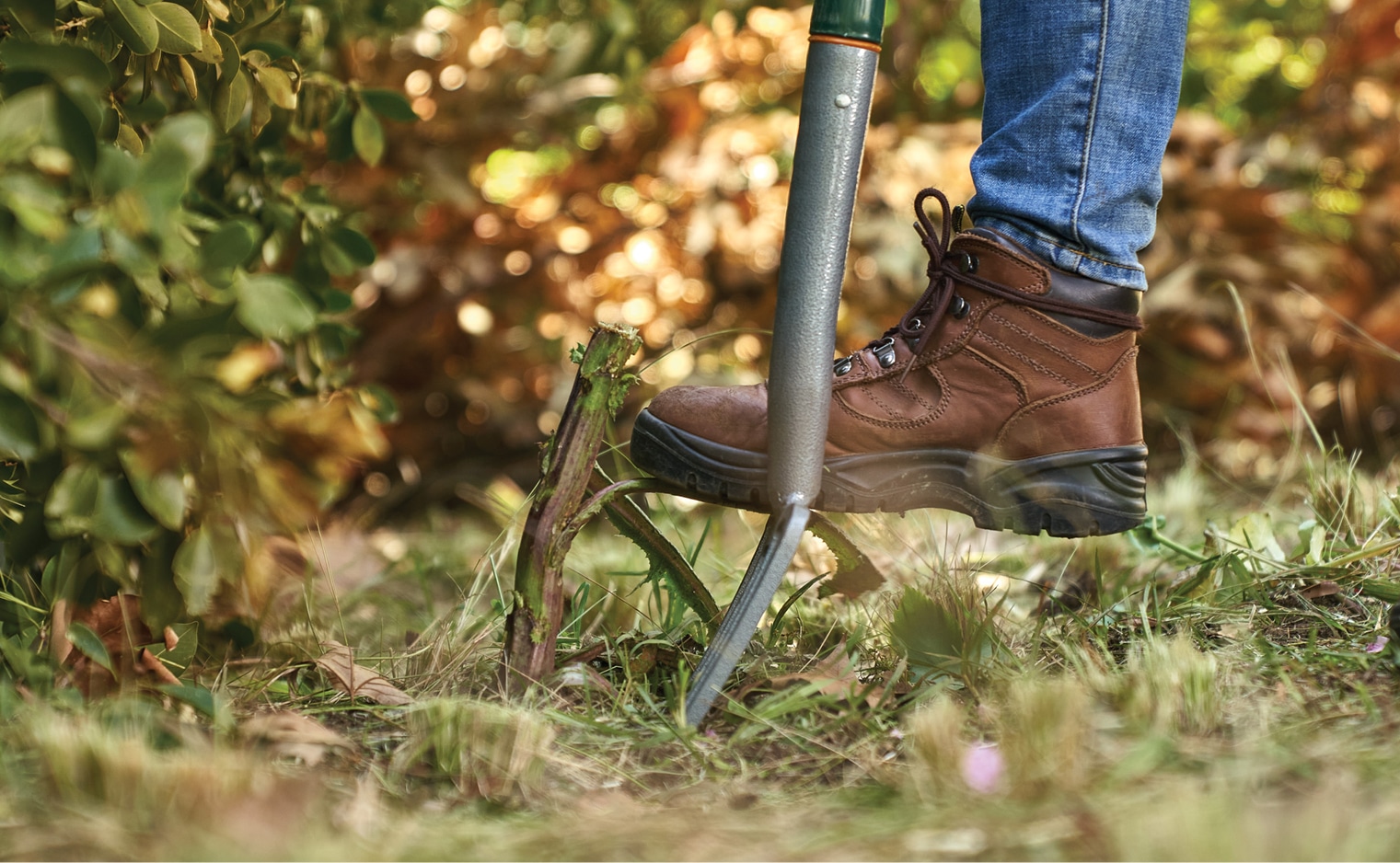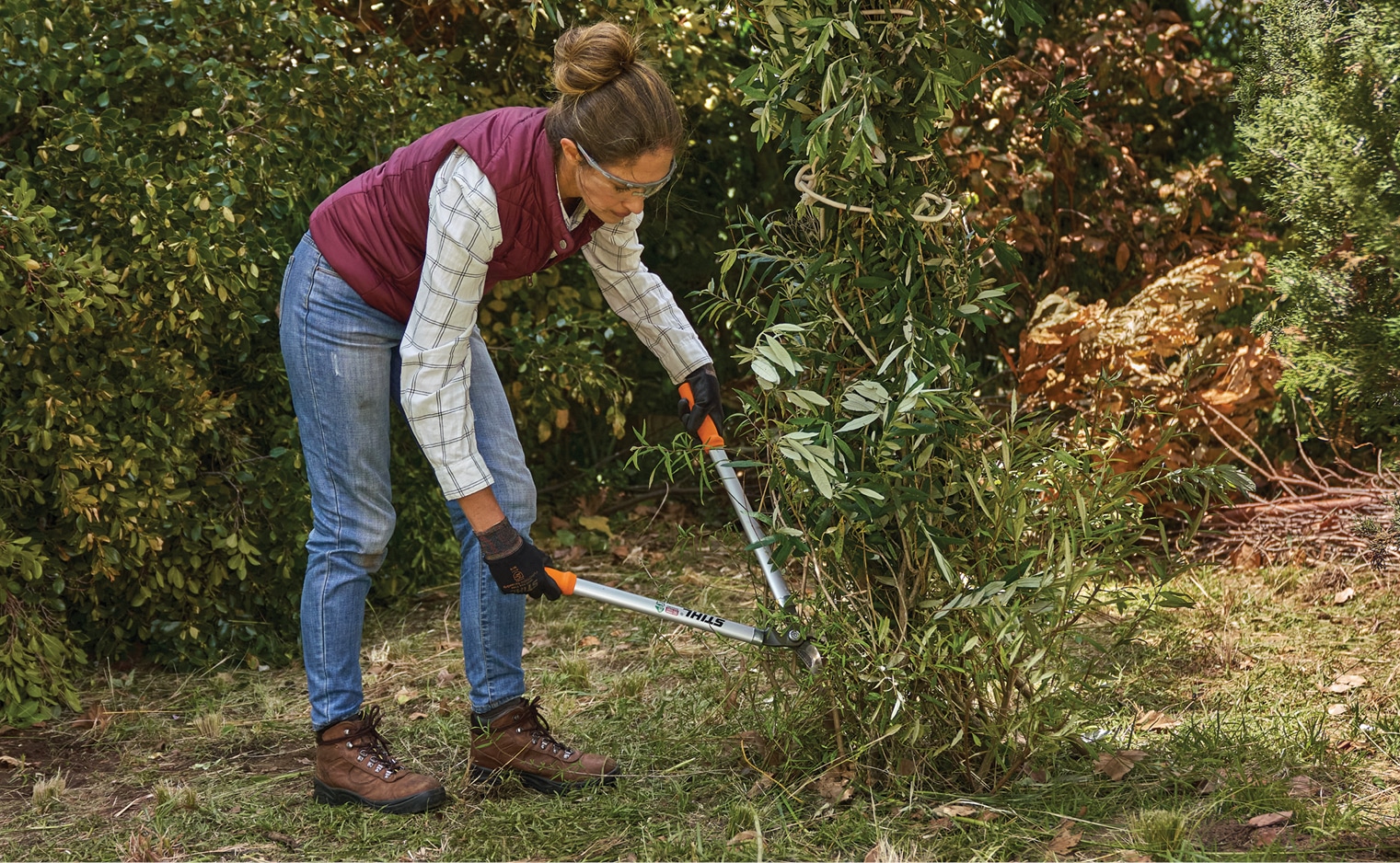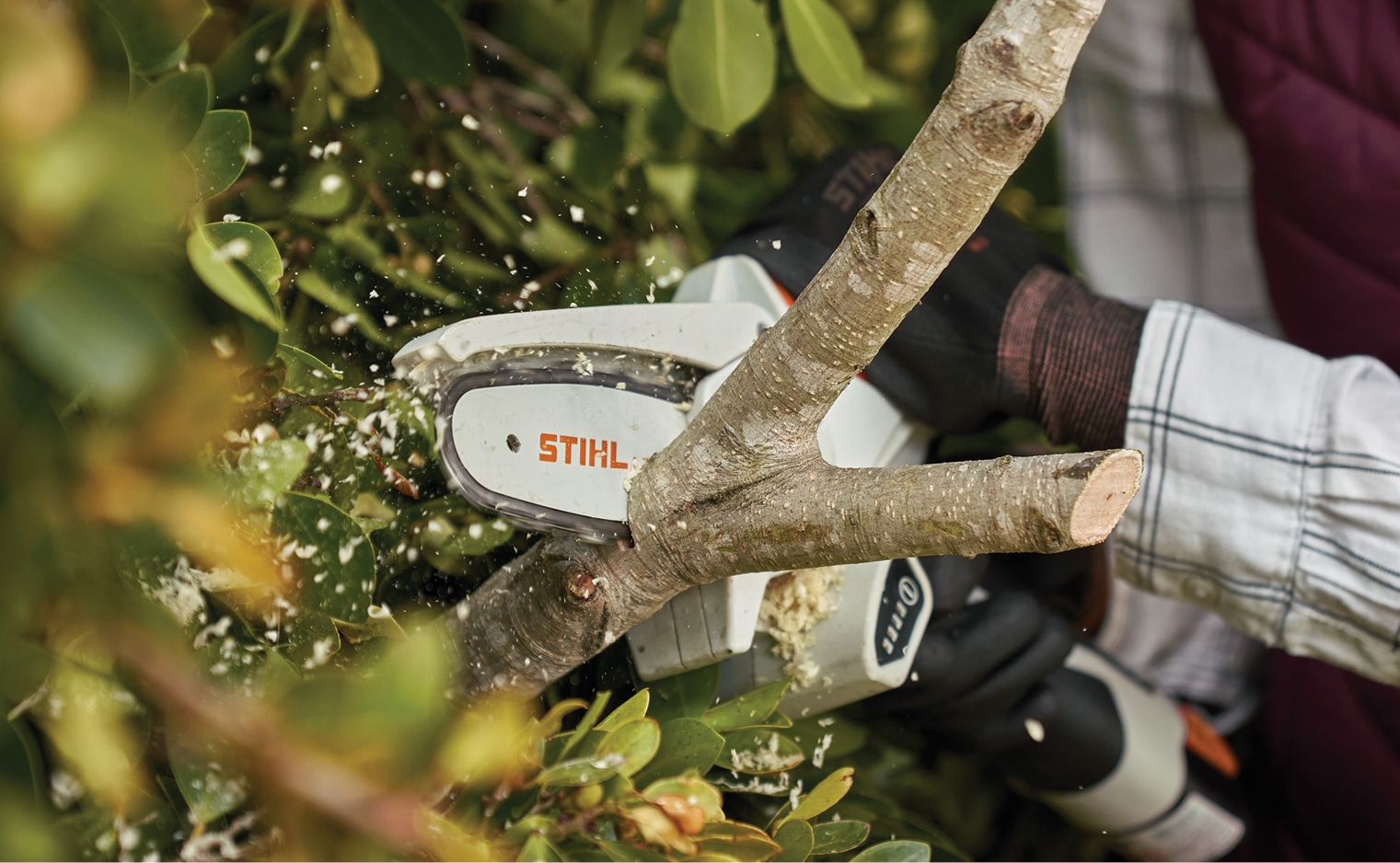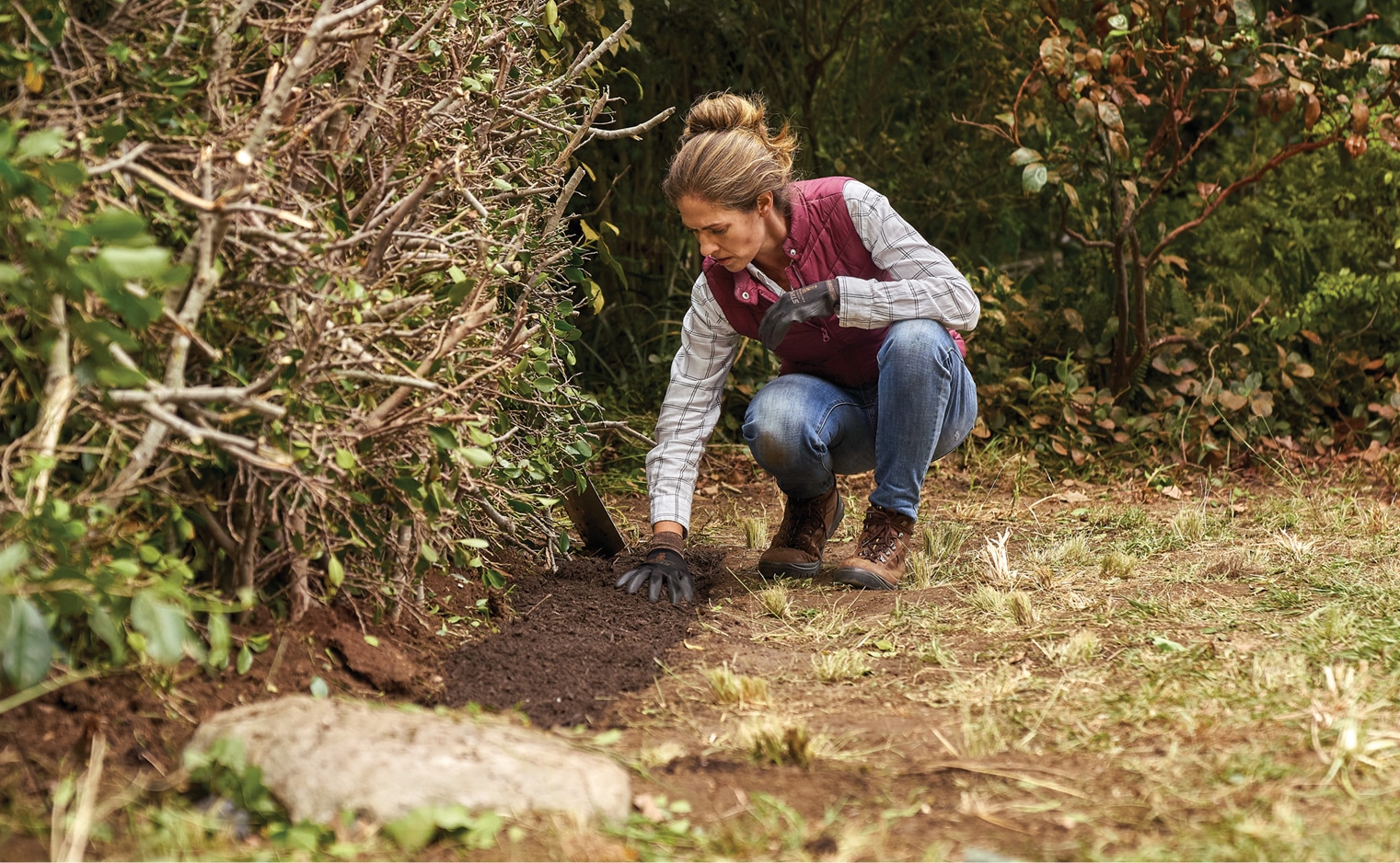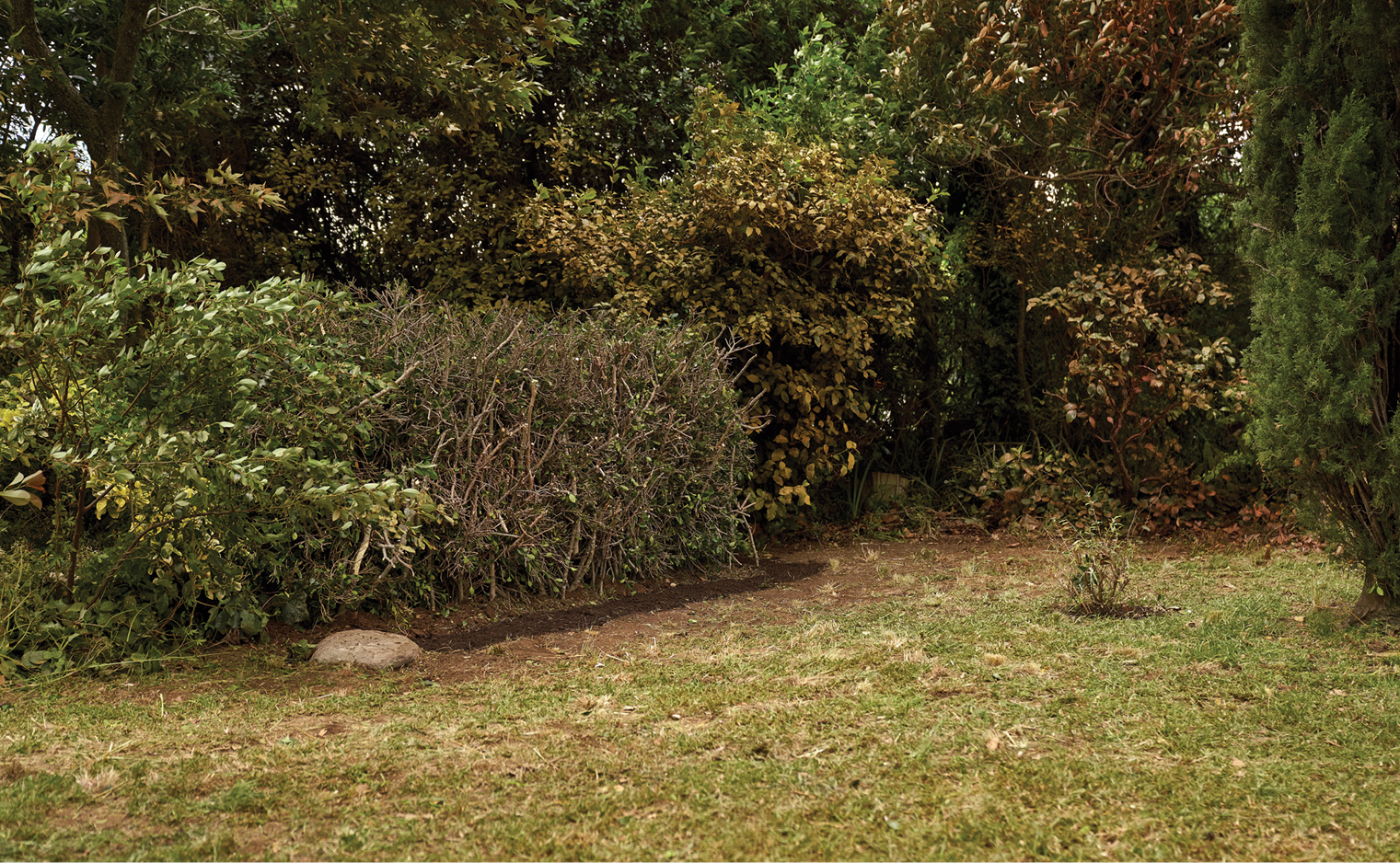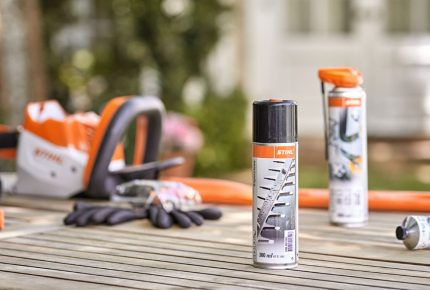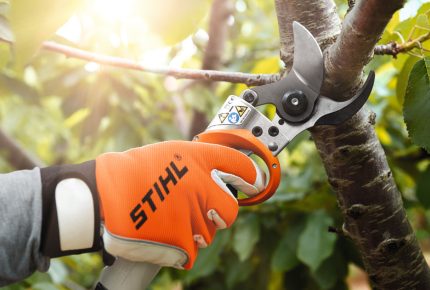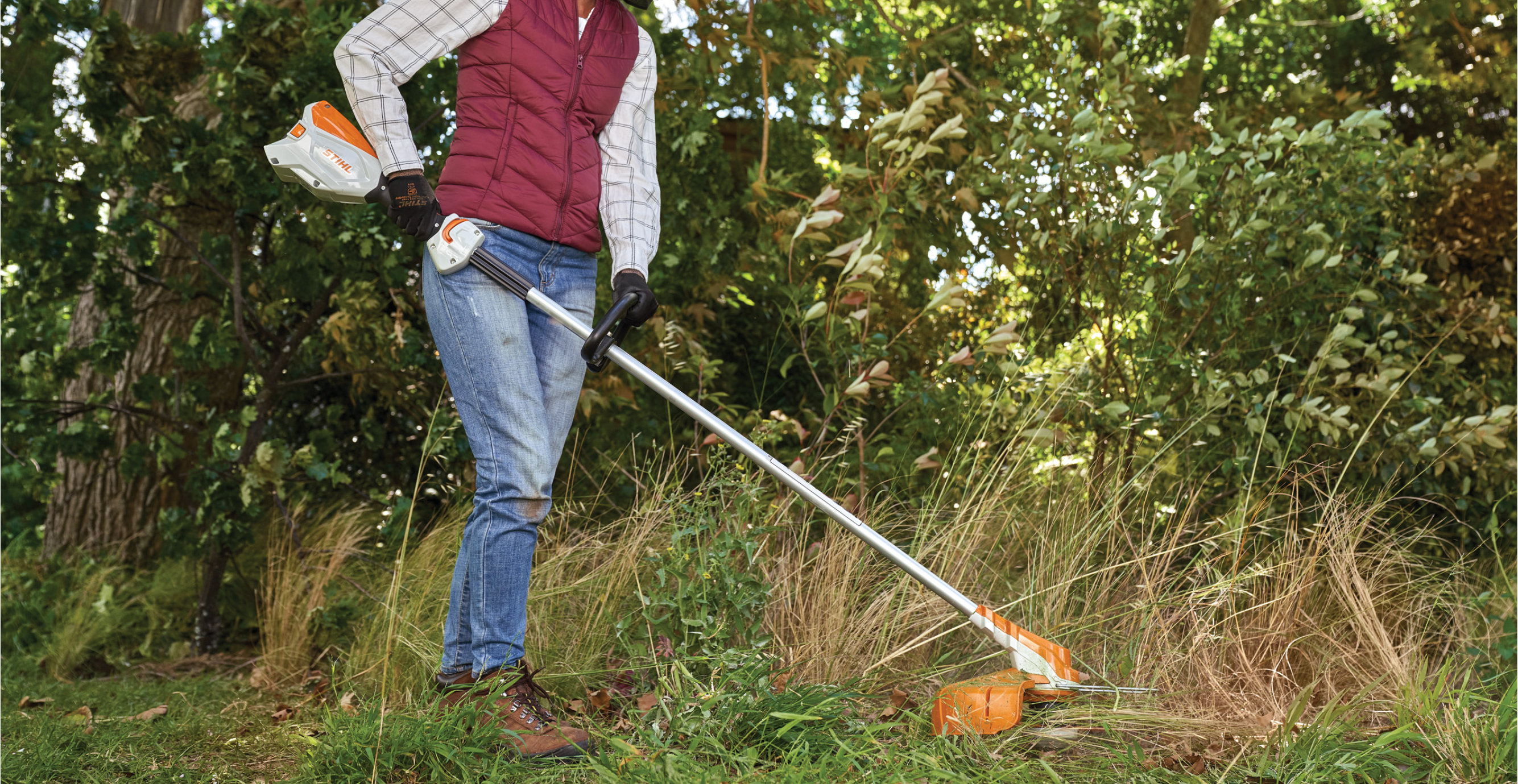
#How To
How To Maintain A Wild Garden
Even in the most perfect of gardens, there’s bound to be an area that’s either out of sight, or very much insight, that ends up overgrown and covered in debris from overhanging trees and plants. While it might not sound like the best way to spend your Saturday, clearing these overgrown areas and corners of your garden can be incredibly rewarding, and will instantly lift the look of your home and your garden.
Start by assessing the project at hand. How big is it, how long is it going to take you, would be easier done with a helping hand? Assess what plants are growing, and make a decision as to what simply needs a good haircut, and what can be removed altogether.
Anything sharp or dangerous such as wild blackberries which can be covered in thorns should be pushed to the side with a stick or a rake, revealing any trip hazards, boulders or pieces of wire mesh at ground level.
Mark these obstacles by pushing clearly visible sticks or markers into the ground. Check to see if any trees and shrubs need to be pruned or thinned, keeping an eye out for rotten or dead branches as you do so. Consider what really needs to be removed; in many cases pruning is enough to create the space and look you want, and to enable better light penetration for shrubs and flowerbeds. Identify any plants and shrubs that you wish to relocate.
For larger overgrown spaces, we recommend you draw out a proper plan for how you wish to plant the garden. Your diagram should be to scale and should include all buildings, areas, paths and shrubs. You should also carefully indicate which areas are shaded through the day – this will help you find the right spot for each plant in your garden.
Recommended tools
- Tools: Clearing saw or brushcutter, garden pruner or chainsaw, garden shredder, secateurs, pruning shears, hedge trimmer, hand saw for overhead work, spade, digging fork, rake and a lawn mower if needed.
- Other equipment: Wheelbarrow, garden waste bin, basket and a long piece of rope.
- Protective clothing: Gloves, safety glasses/visor, ear protection and of course, safety boots.
Start by tidying the garden and removing any rubbish or non-natural items that may have got caught up in the mess. Carry a basket, bin bag or wheelbarrow as you walk through your overgrown garden space, collecting any rubbish such as plastic plant pots, broken terracotta pieces or discarded plant stakes.
Follow by mowing the surrounding lawn using a brush cutter or lawn mower. Once that’s done it will be much easier to see what you need to do. This is also when your marker sticks pay off – take care as you mow and trim around them. Rake up cuttings and remove them to your composter or garden bin.
Now it is time to remove the weeds, which should really start to make the difference in your overgrown garden. Weed by hand where possible, though you may want to use a power tool such as a hedge trimmer to first cut tall weeds to a manageable height; non-woody overgrowth is best handled using a clearing saw or brush cutter fitted with a blade.
Crop everything to around 15 centimeters tall, cutting down in stages if necessary. A shredder will help you to reduce the amount of garden waste you end up with – particularly if your weeds are tall! Next, pull any remaining stalks out of the soil. If a stalk is difficult to remove, loosen the soil around it using a fork. If that doesn’t work, use a spade to dig out the stalk – make sure you also pull up the root ball, otherwise the weed will quickly reappear.
The progress you’ve made in your overgrown garden should now be very clear to see. Don’t give up just yet, however – it’s time to deal with the plants now that you’ve taken care of the weeds. Dig up any old tree stumps with a spade. Small shrubs that you don’t want are easy to remove completely – cut them off close to the soil then pull out the roots.
Looking at the trees and shrubs you do want to keep, remove any broken branches by cutting them close to the trunk or main stem. Next, examine and prune your larger plants to suit your needs, looking out for suckers as you do so. Many plants send out suckers from their roots, causing new offspring plants to pop up elsewhere and eventually become mature independent plants – great for woodland propagation but rarely ideal in a garden.
If you have trees which are creating too much shade, have excessively dense foliage or have branches crossing over one another, use a pole pruner to thin out the crowns. When doing this, always remove whole branches right down to the trunk or originating branch rather than just cutting all branches to a uniform length. This is because otherwise, a lot of thin, shooting “brush growth” will appear at the cuts in the following year. Rotten, old or diseased twigs and branches should be removed immediately. You will recognise these by their wrinkled bark – they are often also darker than other branches and covered in moss or algae.
Finally, use a chainsaw to trim all of the branches.
Now you can dig over the areas you have cleared in your formerly overgrown garden, apply mulch to any open, bare soil while deciding what to plant, otherwise weeds will quickly return. Determine where the edges, borders and flower beds will be. After all, clearly defined areas make the difference between an overgrown garden and a tidy one. Mark out the edges of the lawn and cut along them with a spade.
Now you can sort out the remaining shrubs. Divide any that have become too large or bushy by digging them up and splitting the root ball into multiple sections. Plant one part back in the original location and move the other parts to new locations in the garden. Close up any gaps in the planted areas and add new plants as desired.
And you’re done! Sit back, relax, and enjoy your garden.
Click here for more DIY project guides to enjoy at home.

